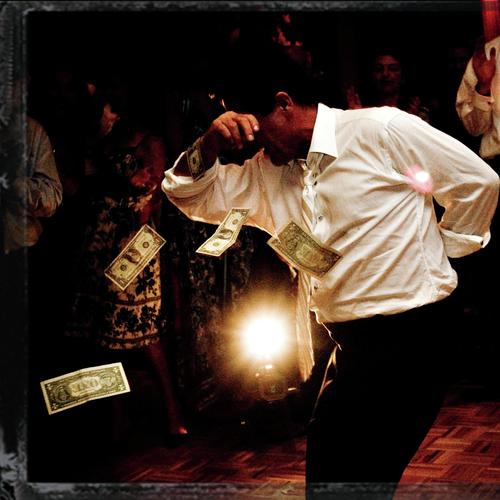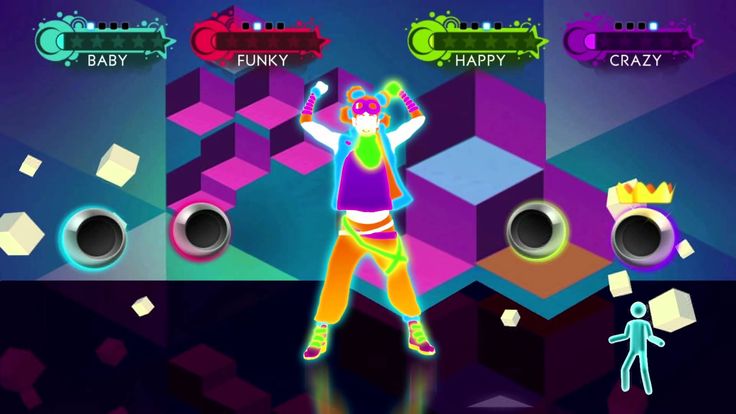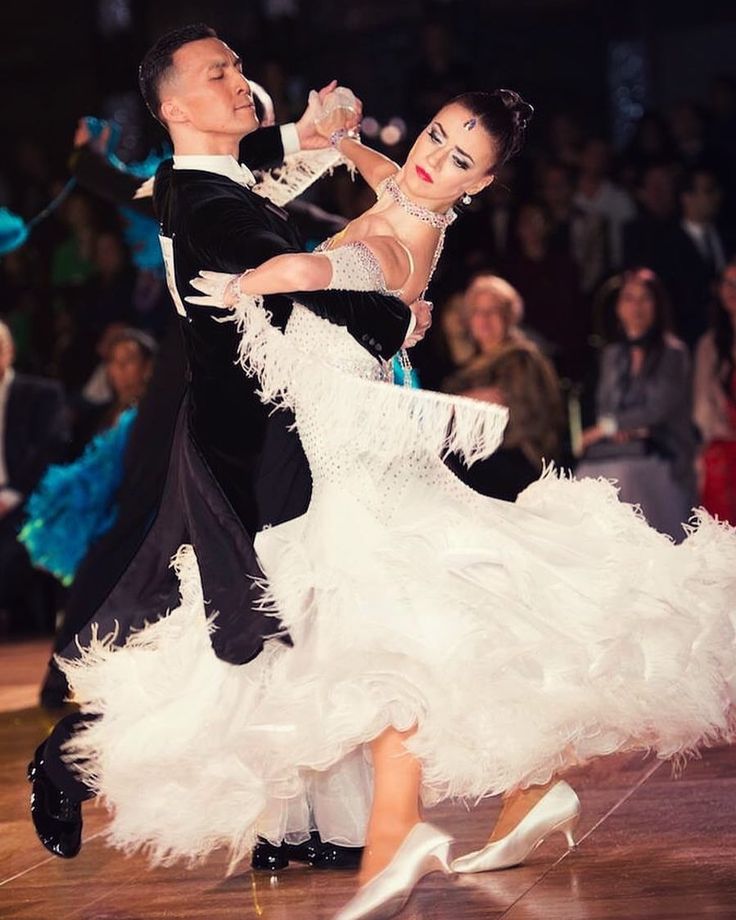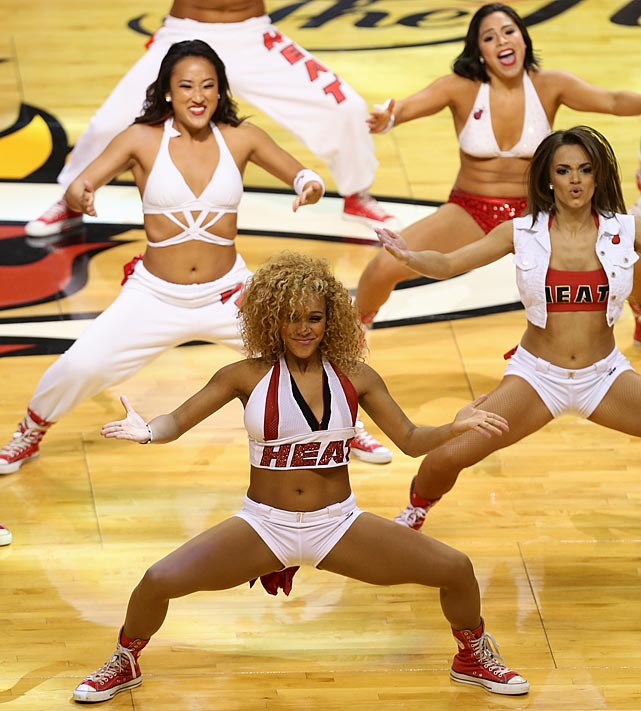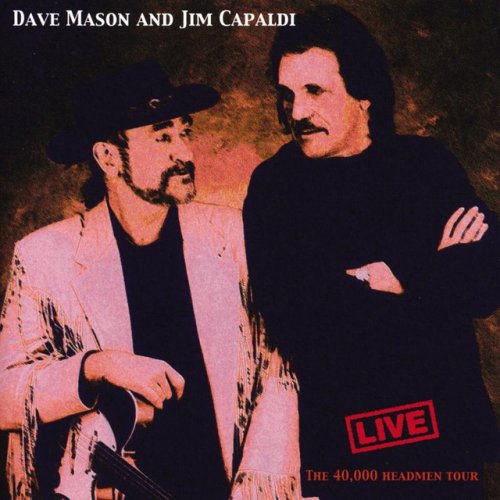How to start belly dance
ESSENCE OF BELLYDANCE™ - Free Online Belly Daning Classes
ESSENCE OF BELLYDANCE™ - Free Online Belly Daning Classes Join over 28.000 women in our Online Bellydance Classes Do you ever wonder how some women seem to move so effortless and
confident? Learn to move like a pro.
Join our online belly dancing classes - it’s free!
Start now
ESSENCE OF BELLYDANCE™ Online ClassesYou can dance with us for free! We have published the basic belly dance moves and regularly upload new videos for you. All workouts are playlists of several videos and contain a complete body warm up and a relaxing cool down Tell me more
Bellydance Class #1entry level
Start your training with this entry level class. You learn the fundamentals of belly dance: posture, seesaws, side sliding and mayas with your hips and chest.
Bellydance Class #2Beginner
Do the moves fromclass #1 already feel smooth & juicy? In class #2 you'll learn more belly dance basics: tilting internal circles and vertical circles with your hips and chest. The afro with pelvic floor integration is our specialty.
Beginner
In class #3 you'll learn more of the essential belly dance basics: sliding forward and classical Egyptian horizontal circles with the hips and chest.
Bellydance Class #4Beginner
In class #4 you'll learn more belly dance basics: camels with the hips and chest and your first sharp hips accents initiated by your gluteus muscles.
Bellydance Class #5Beginner
In class #5 you'll learn more belly dance basics: twists and horizontal eights with pelvic floor integration as well as some basic arm movements like the snake arms.
Bellydance Class #6Advanced
In class #6 you'll learn some advanced belly dance moves: hagala schimmy and variations as well as arm movements that lead up to the snake arms.
Advanced
In class #7 you'll learn some advanced belly dance moves: hip drops, accents, elegant eights with foot lifts, layered with chest camels and hip drops, as well as the secrets of a great hip shimmy.
Bellydance ChoreographyIntermediate - Advanced
Learn my beautiful belly dance choreography step by step! It's my interpretation of a classical Egyptian love song "Daret Al Ayam" (Days go by) by Um Kalsoum.
Bellydance all movesBeginner - Advanced
Here you have an overview of all the belly dance moves you have learned so far. Step by step instructions.
Bellydance all DrillsBeginner - Advanced
Here you have an overview of all the Bellydance drills with music. Dance for as long as you can!
Tips on Dance & HealthAn overview of Coco's tips & the home of her new interview series Free Woman.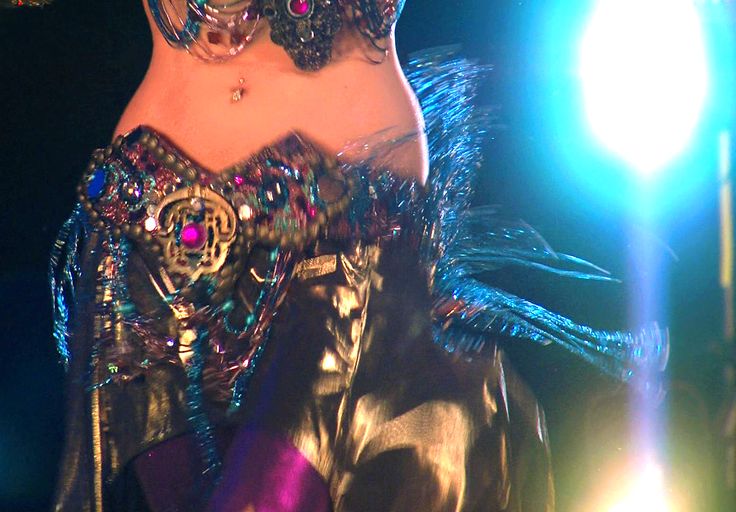 Have fun!
Have fun!
An overview on full length bellydance classes that we've recorded for you here in Berlin. The German video contains subtitles.
Sensuous Dance WorkoutEverything about Coco's Sensuous Dance Workout program - your personal wellness program at home: TV-shows, reviews, interviews.
COCO's Bellydance ShowsHere you can see a collection of Coco's belly dance shows. Enjoy!
Teacher TrainingListen to what our graduates have to say about our teacher training and watch the scholarship entries.
Fun Travel, interviews...An overview of all interviews, travel vlogs and other videos from and with Coco.
Join over 28.000 women in our Online Bellydance Classes Do you ever wonder how some women seem to move so effortless and
confident? Learn to move like a pro.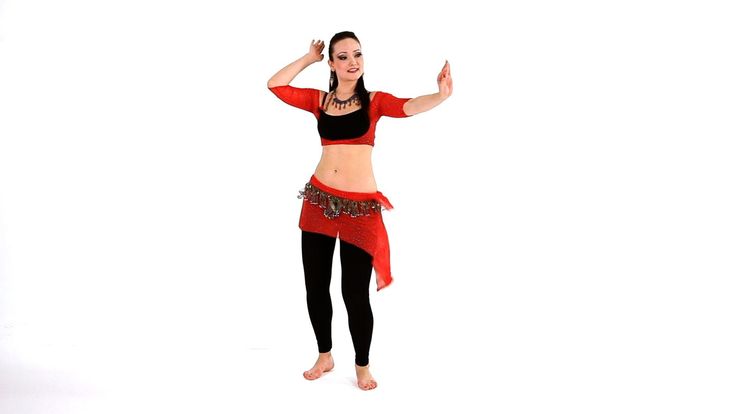
Join our online belly dancing classes - it’s free!
Start now
We use cookies to deliver our services. By using our website, you agree to the use of cookies as described in our Cookie Policy.
as seen on
- Learn how to belly dance
- Join our free online belly dancing classes
- How to belly dance for beginners
- Become a belly dance teacher and start your own classes
- Best online belly dance classes
- Discover belly dancing classes near you or learn how to belly dance online
- Best belly dancing workshops and classes online
10 Tips on teaching belly dance. Warm up, stimuli and choreography.
Last Updated on January 27, 2022
Generally speaking, teaching belly dance is not very different from teaching other types of dance.
What is different is of course the dance vocabulary you will be teaching, the context, and everything else that is relevant to the style of oriental dance you teach.
However, most teaching techniques apply to most types of dance. Here are some tips I think might help you if you are planning to teach belly dance.
Dancer Warm Up and Cool Down
Provide warm-up at the beginning of each session and cool down at the end. Warming up, at the beginning of a dance class, not only is important to avoid injuries but also prepares the students mentally.
By warming up your students will start leaving their daily worries behind and get in the mood for dancing.
For a belly dance class, you can include dance movements that remind of belly dance moves, such as hip circles or stretching the hips from side to side.
For a start, it is important to warm up the joints with small movements that increase progressively.
You can, for example, start with gentle head rolls, followed by shoulder rolls, hip circles, wrist and ankle circles, and anything that mobilizes the joints.
You need to start gently with a small range of motion and then you can increase the range gradually but keep it gentle and keep in mind the fitness level of the class.
After you can do something that raises the heartbeat slightly, such as side lounges, for example, or lightly jogging on the spot.
You can end with short stretches, not holding for more than 10 seconds as you will be just warming up.
Of course, always be mindful of the reaction of students in your class, their level of fitness and advise them to stop if they feel any discomfort.
I have found a video below that shows some joint mobility exercises.
These were designed for a fitness routine but they can give you some ideas on what to use for your class if you adapt them and make them more belly dancey.
Cooling down and stretching at the end of the dance class are equally important to avoid injuries. At the end of the class you can hold stretches for longer, about 30 seconds, as the muscles will be warmer.
Organise the space wisely
The way you use space in a dance class reflects the mood you want to give to your class.
For example, you may want your students to stand in a circle for an inclusive atmosphere while warming up, or improvising some belly dance moves.
For choreographies, it is better for the students to stand in rows in front of you.
However, if there are many students, every now and then make the rows that are in front go to the back and vice versa, so that everybody can see you.
If you are teaching a traveling step, you may want to make the students move diagonally from one corner of the room to another, in small groups of, for example, 4 at a time, so that everyone has enough space to move properly.
If you are standing in front of the students, you can either teach facing them or with their back to them.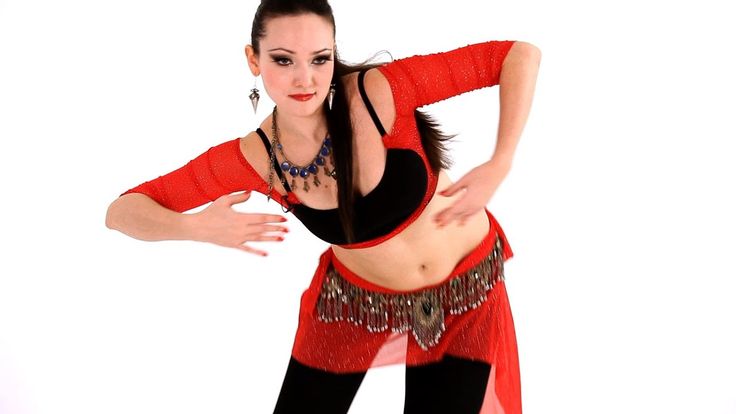
If you are facing them you can keep an eye on them to make sure that they are doing the movements correctly, but remember to mirror their movements.
So, if you want students to start with their right foot, for example, you will need to move your left foot.
When you face away from the students, sometimes it makes it easier for them to follow you as they will not mirror you but move at the same time as you.
If then the class has a mirror, it is great as students can see your movements from the back as well as the front and you can check on them in the mirror.
Provide Structure in your Classes
Providing structure to your belly dance class. For example: start with warming up, then move on to do some revision of old moves, then introduce new movements, then do some practice (drills, choreography or improvisation) and then cool down.
The structure will help you as a teacher to build your teaching routine and, if you want, you can also create a written teaching plan for you to revise every week and you could also make notes on it to record how students reacted, so you can better plan in the future.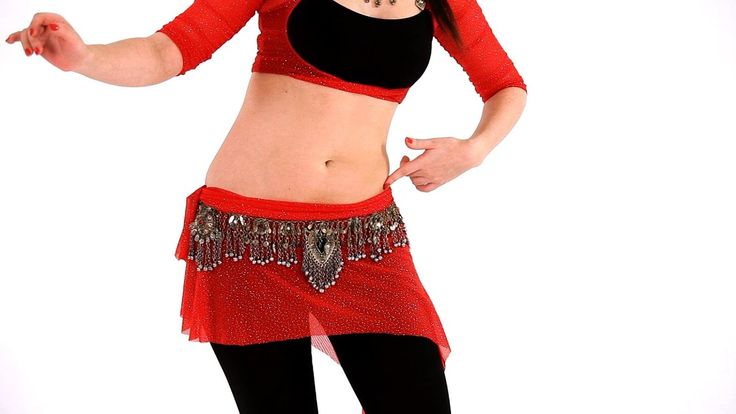
At the same time, the structure is useful for students as they will know what to expect. Structure does not need to be boring or repetitive though, as you will change material within that structure according to what you want to teach.
Revise Material That You Teach in the Dance Classes
Go over your material from the previous class. Revising at the beginning of each class I think is very important in order for the students to remember and build on what they learned.
Many students will come to the class only once a week and many of them will not have a chance to practice in between lessons.
Hence, picking up from where they left at the end of the previous class is a good idea.
You do not need to spend a lot of time revising but it is useful, especially if the class is about technique.
If you are teaching using set routines or choreography only, maybe revising is not necessary as students will repeat movements over and over as they rehearse the routine or the choreography.
Otherwise, for a technique-focused class, revising is useful.
Use Different Types of Stimuli
The use of different stimuli for explaining new belly dance moves. Many educators agree that people learn mainly through three different types of stimuli: visual, audio, and kinaesthetic (through movement and body perception).
Every person has one or more favorite channels of learning and, by using all stimuli, you will be able to reach more people.
For example, you can show the movement, explain it out loud, or, if a student is mainly kinaesthetic, she can touch the part of your body that is moving.
Other ways to use more than one sensory channel to learn dance movements or learn how to interpret a piece can be:
- Let students listen to the music they will be dancing to carefully before dancing. In this way, students will get a feeling for the music that will help them embody it better and remember the movements more easily.
- Encourage students to hum along to the music as they move, so they can really associate a sound with movement in their bodies.

- Encourage students to improvise to a piece of music, even if you will then teach them a piece of choreography so that they have a chance to really internalise the feeling of that music and make it their own.
- As students listen to the music, encourage them to draw lines on a piece of paper according to the feeling of the music. This will help them better understand the feeling by linking audio and visual information (and kinaesthetic, as the hand moves to draw lines on paper).
- Suggest imagery as you teach movements to give them an idea of the feeling they need to get. For example, you can suggest the feeling of moving through water when the movement needs to flow but also have some resistance to it.
- Do not be afraid to let your imagination run free, as mind images are really useful to learn movements. You can also visualise shapes suggested by the music.
Another way to give variety to your class and make it fun is by using games and activities.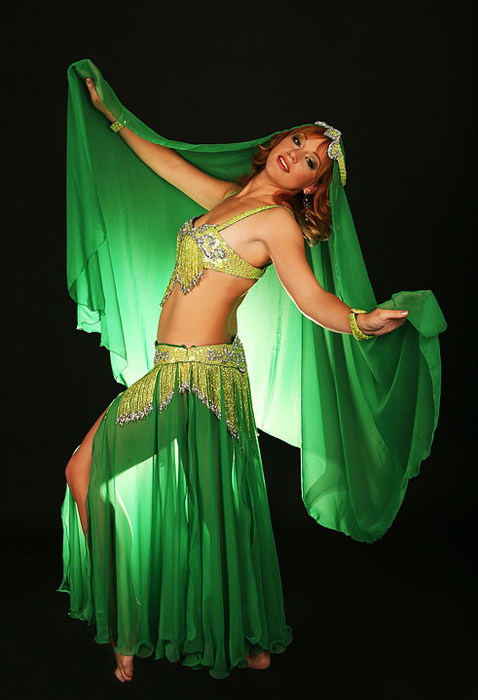 A useful book I have found that gives belly dance teachers a lot of ideas is ‘Belly Dance Beyond Moves, Combos, and Choreography’ by Taaj.
A useful book I have found that gives belly dance teachers a lot of ideas is ‘Belly Dance Beyond Moves, Combos, and Choreography’ by Taaj.
Listening to the Music
Listen to your students and pay attention to their expressions.
Sometimes students will not tell you if something is wrong, so it is up to the teacher to keep an eye on them to spot if they need help.
Also, when students do talk make sure you really listen to their feedback and/or concerns. In terms of correcting people, when I am learning in a class I like being corrected, otherwise, you cannot learn if you are not told that something is not right.
However, a teacher needs to be sensitive and diplomatic about it. Some students do not like to be singled out for correction.
So, what you can do is give the class as a whole, some suggestions on how to improve a movement or the right and wrong way to do it, so hopefully, those who need the advice will take it on board.
Projecting your Voice as a Dance Teacher
Using your voice properly, especially in big classes, so that every student can hear you.
This comes naturally to some people but not to everybody. If, for example, you have a soft voice like me, you have to make an extra conscious effort.
Follow this link for some useful tips on how to project your voice. Apparently, relaxation, breathing, posture, projection, and opening your mouth properly but without strain are all useful things to keep in mind.
If you need extra help you can enroll in a voice training course or find a voice coach near you.
Remember to Teach and Not Just Dance
Even if you love dancing, during a class do not forget that your main aim is to teach.
So, if you are teaching, do not just starting dancing away without caring if the students are following or not, but pay attention to them and explain clearly what they are supposed to do.
Yes, for students it is important to have an inspiring teacher who loves dancing and can transmit this feeling to them.
However, teaching is not a self-centered activity but it is about caring, wanting to transmit something and making sure that people get what you are trying to communicate.
Use a choreography
Teach a piece of choreography. Even though the beauty of belly dancing is ultimately being able to improvise, learning a piece of choreography will help your students understand how to put the movements together in a sequence that looks nice.
Choreography is a useful didactic tool and it does not matter if your students will end up performing it. If they have the opportunity to perform that choreography, it will be even better as they will have more motivation and something to work towards.
If not, it is still useful to be able to put moves into context. Even if belly dancing was originally a social dance in its countries of origin and, in those countries, even when it is performed, it is quite often improvised, for people who were not brought up there and who have to learn as adults, choreography is a useful learning tool.
Speed Issues When Teaching Belly Dance
Be aware that every student may learn at different speeds, so make sure you give them more than one option (more difficult and easier) for movements you want them to perform.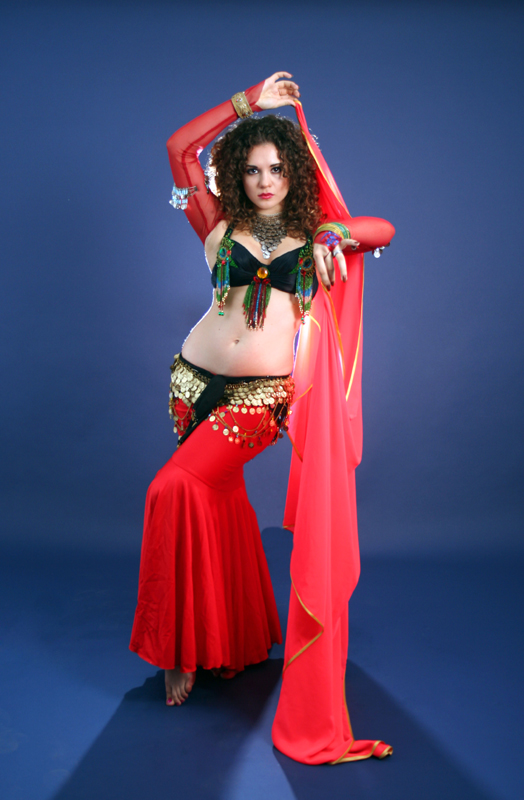
In this way, the ones who learn quicker will not get bored, while others will not struggle. Giving different options at various levels of dexterity is particularly important in mixed ability classes, which are often the most difficult ones to teach because of the different levels of ability.
However, offering students various options with varying degrees of difficulty can help to teach mixed classes.
For example, you can ask students at more basic level to perform a certain hip movement, but you can ask more experienced students to layer that same movement with something else such as arms or feet patterns or layering a shimmy on top (for example, horizontal hip figure of 8 shimming the hips at the same time).
Teachers Courses
Currently, there are not many courses for training belly dance teachers, and courses that give a properly accredited qualification are even rarer.
Those who want to teach this dance form have to rely on other courses, fitness teaching courses, for example, to learn at least how to teach exercise safely.
Alternatively, you may want to search for dance pedagogy courses that will not be specific to belly dance but at least can give you some background training on how to teach dance.
The only accredited teaching course, specifically aimed at belly dance, that I am aware of is in the UK, in London, and it is run by the Josephine Wise Academy of Arabic Dance.
This course teaches how to deliver classes safely, how to understand the music used in belly dance, and gives information on the history and the culture. You can find out more information about it on the JWAAD website.
If you know of any other accredited course or want to give feedback or add information, please do not hesitate to write your comments below or to email me
The following two tabs change content below.
- Bio
- Latest Posts
Dr Valeria Lo Iacono is a belly dancer and a dance researcher with a PhD in dance and heritage. Valeria also teaches and performs as a belly dance but also enjoys learning ballet, jazz dance and other dance genres.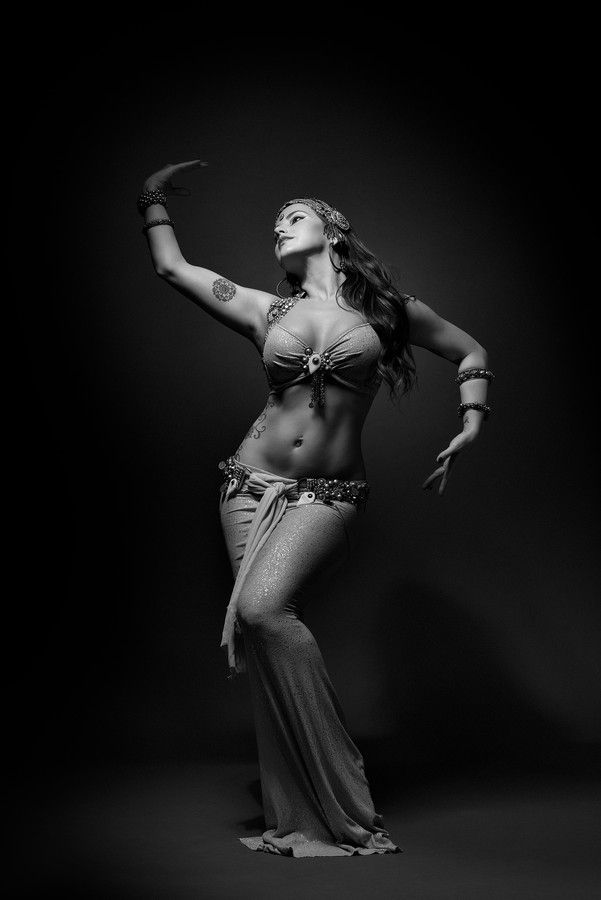
Sharing is caring!
370 shares
- Facebook274
Learning belly dance at home - video lessons, basic rules
Sophie Shine
Muscular gymnastics specialist, medical psychologist, Сolady magazine expert
Subscribe
Reading time: 4 minutes
It is quite possible to learn belly dancing at home. We will tell COLADY about what is needed for this.
Pixabay PhotoHow to start learning belly dance for beginners at home - paraphernalia and basic rules
Belly dancing requires a woman to be able to relax those muscle groups that are not involved in work at the moment. Only in this way can a dancer perform dance movements for thirty minutes.
Belly dance lessons will require lady to form her own sexual image as a dancer. You can fully immerse yourself in the world of oriental dance only by creating your own image. An important role here is played by costume, jewelry and, of course, makeup. All of the above will focus on the sexuality and femininity of an oriental dancer.
You can fully immerse yourself in the world of oriental dance only by creating your own image. An important role here is played by costume, jewelry and, of course, makeup. All of the above will focus on the sexuality and femininity of an oriental dancer.
- In order to choose the right clothes for dancing, you should know that in the first months of the figure of a woman will change significantly . The waist will become more refined, and excess fat will disappear. It is recommended to purchase some elements of the attire for oriental dances after some time has passed.
- For beginners, belly dance is better to dance in combination short top with breeches or leggings.
- Later, a woman can complete her look with a loincloth with coins , which create the intended mood during training.
- With regard to shoes for belly dancing, we recall that for a long time there has been a tendency to dance oriental dances barefoot, thus marking an inseparable connection with the Earth.
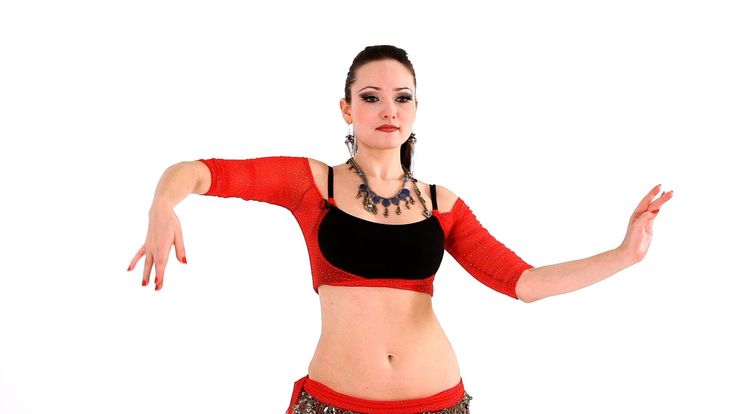 For women who do not want to dance barefoot, can wear ballerinas, shoes or socks.
For women who do not want to dance barefoot, can wear ballerinas, shoes or socks.
In order to harmoniously and correctly perform belly dance, a woman must be well versed in the styles of oriental dances, know their differences, and also know what costume, music and vocabulary correspond to a particular style.
Video lessons of belly dance for beginners - basic movements
Video: belly dance - first lessons
- A notable element of belly dance is "rocking chair". To perform this movement, the woman must rise on tiptoe with her legs placed together, bend them slightly at the knees and mentally draw a vertical line through the navel.
 Along this line, you need to smoothly move your hips so that the navel remains in place. You can do dance elements up - down or forward - backward.
Along this line, you need to smoothly move your hips so that the navel remains in place. You can do dance elements up - down or forward - backward.
- in the vertical plane , put your feet together, rise to the toes and bend your knees a little. In turn, we pull up to the armpits of the thigh so that the location of the navel remains unchanged. This element of the dance can also be performed moving forward.
To perform movements in a perpendicular plane (forward - backward) we stand on a full foot, bend our knees a little. Bending the lower back as much as possible, we take the pelvis back. We lead it forward and pull the pubis to the navel. Plastically moving the hips, we describe a semicircle. The center of the circle is in the navel. Accelerating the pace, we switch to shaking the stomach.
- The next element of belly dance is “pendulum” . To perform the exercise from top to bottom, up to the armpit, we raise the right thigh, bring it to the right and lower it down, raising the left thigh to the armpit.

Pendulum from below - up is performed by bringing the right thigh further to the side. By lifting the heel off the floor, the thigh is pulled towards the armpit. Diagonally lower the right thigh, lifting the left thigh up to the armpit.
- Hip circles. Don't forget - when dancing the element, you need to make sure that the back remains straight. In the horizontal plane, we mentally imagine a circle for ourselves. We strive to outline it from behind with the buttocks, bending the lower back as much as possible. In front, you need to get the pubis on the stomach as much as possible.
- Reset wheels.
 Describe a circle and, pulling back the pelvis, perform a hip drop from top to bottom. On the following laps, the movement continues without stopping. Circles can be horizontal, vertical, large, medium and small. If you try to make circles in the frontal plane, you get a new movement.
Describe a circle and, pulling back the pelvis, perform a hip drop from top to bottom. On the following laps, the movement continues without stopping. Circles can be horizontal, vertical, large, medium and small. If you try to make circles in the frontal plane, you get a new movement.
- Dance element "Wave". It should only work the hips. The upper body is immobile. To perform the element, we stand on high half-fingers, half a turn towards the viewer. In the vertical plane, we imagine a circle, the axis of which passes through the femurs. In the direction from below - forward - up - back, we try to describe it with our hips. The execution of this element is possible with advancement to the side or forward. There are several types of waves - lateral and frontal.
Do you know the art of belly dancing?
Learning to dance belly: 8 steps to beauty and harmony | Beauty secrets | Health
There is no more ancient dance than belly dance. Even the walls of the tombs, erected on the orders of the Egyptian pharaoh Akhenaten in the 14th century BC, are painted with scenes depicting in great detail nothing more than a belly dance.
Even the walls of the tombs, erected on the orders of the Egyptian pharaoh Akhenaten in the 14th century BC, are painted with scenes depicting in great detail nothing more than a belly dance.
The choreographer was a bee
The legend claims that this erotic oriental dance appeared quite by accident. It was all the bee's fault. Bewildered by the delicate floral aroma emanating from the oiled body of a young dancer, confusing her with a flower, a bee flew under her thin outfit during the performance. Frightened by the uninvited guest, the girl began to rotate her hips and stomach with all her might. It was as if her hips and stomach were competing in mobility, teasing and provoking each other. The grace with which she made the movements delighted those around her.
European travelers eventually became acquainted with the ancient dance. However, his eroticism is perceived by Europeans in different ways. “Indecency and indecency,” some exclaim indignantly. Others consider belly dancing a real art.
East – flexible body
Belly dance secrets are carefully passed down from generation to generation. For what? Not just for beauty. In Arab countries, the fertility of a woman is still perhaps her main advantage in the eyes of the majority. From early childhood, Arab girls begin to be taught special exercises, which are the basis of belly dancing. Daughters diligently adopt from their mothers the ability to control the body, move beautifully and gracefully. These simple movements make it possible from childhood to strengthen the muscles of the back, abdomen, lower back, and hips in girls - expectant mothers, which play a major role during pregnancy and during childbirth.
In addition, belly dancing is an excellent means of keeping slim and seductive forms for Eastern women. Even having grown fat with age, Arab ladies move easily, remain amazingly flexible. This is confirmed by official science. According to the research of modern scientists, Eastern women are less likely to suffer from cervical and lumbar radiculitis, less prone to scoliosis and other diseases of the musculoskeletal system.
Following Hollywood stars
To maintain a perfect waist and elastic tummy, Hollywood stars are also fond of oriental dances. Imagine: in one dancing hour you can burn up to 400 kilocalories, strengthen the torso, improve coordination of movements, and make the spine more flexible. The dance will teach you how to move beautifully and follow your posture. And although at first it will be difficult for you, but in order to feel the gaze of men behind your back, it’s worth the effort.
Of course, it is better to learn belly dancing in the company of an experienced instructor, but some basic movements can be learned on your own. This simple but effective set of dance exercises in just a few months will make the abdominal muscles elastic and toned, and you - more sexy and erotic.
● Your clothing should be light and not restrictive. To begin with, tie a thin pareo (silk scarf) around the hips, which will effectively emphasize their flexible line. Raise your arms up and, clapping your hands to the beat, gently shake your hips. Do not start dancing immediately at a fast pace. Choose the rhythm of movement that suits you and try not to change it during the dance.
Do not start dancing immediately at a fast pace. Choose the rhythm of movement that suits you and try not to change it during the dance.
● Standing with your feet shoulder-width apart, raise your right thigh sharply, then your left. Try not to strain your abdominal muscles. Repeat the movement 8 times.
● Stand with your feet hip-width apart. Swing your hips gently from side to side, like a pendulum, 8-10 times. Make sure that only your hips move.
● Rotate your hips 8 times in each direction, as if you were spinning a hoop. Please note: the body must be motionless.
● Feet shoulder width apart. As you exhale, stick out your stomach as much as possible, 6-8 times. Tired - take a 10-second pause.
● Keep your feet shoulder-width apart. Place your right foot on your toes and lift your right thigh. Shift your body weight to your left leg. Vigorously rotate your right hip clockwise 6-8 times. Repeat the exercise by changing the position of the legs.
● Feet slightly apart. Move the pelvis forward (the stomach is tucked up, the muscles are tense), then back (the muscles are relaxed) 6-8 times.
● Exhale deeply, forcefully draw in the stomach - the diaphragm rises. Then slowly inhale through the nose, sticking out the stomach - the diaphragm goes down. Do not move your body - only the stomach works (repeat the movement 4-6 times).
Dance for half an hour a day (better in the morning on an empty stomach or 2 hours after eating), and normal blood circulation in the pelvis, good bowel function, beautiful gait and majestic posture, healthy joints, elastic muscles are provided to you.
Personal opinion
Alsou:
- If it is professionally done, then I really like this art. But for this it is necessary that several factors come together at once - the dancer's talent, a beautiful concert costume and the beauty of her body. Belly dancing cannot be danced by thin girls - here you need to have something with which to dance this dance!
See also:
- The secrets of royal posture and beautiful gait.



